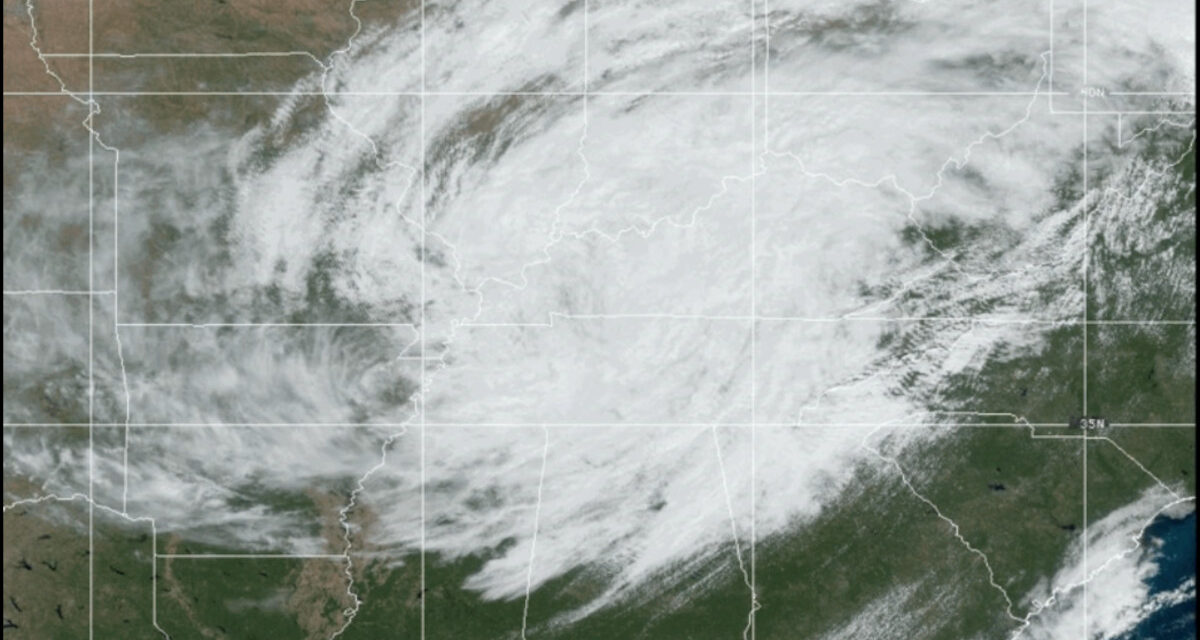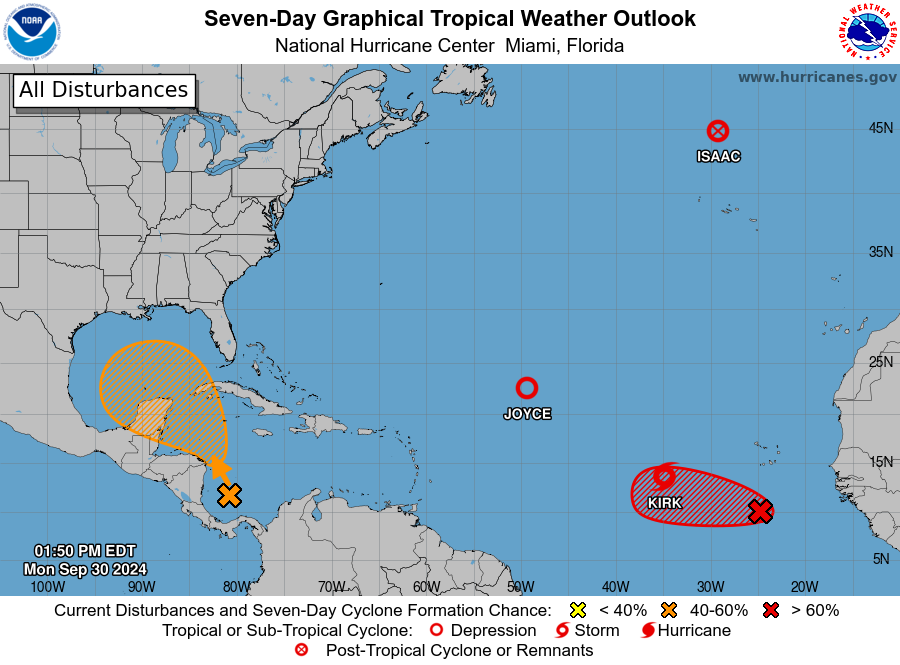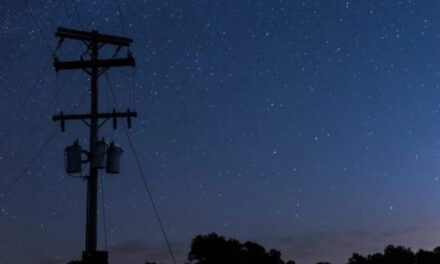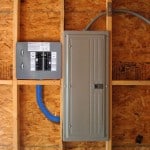September 28 GOES East Satellite Image of Hurricne Helene centered over Kentucky and Tennessee, encompassing the northern portions of Georgia, Alabama, and Mississippi, western Missouri, most of Illinois, all of Indiana and Ohio, southern Michigan, West Virginia, western Virginia, western North Carolina and South Carolina. Satellite Imagery by NOAA.
More than 600 People Unaccounted for in North Carolina
October 1, 2024. Southeast United States.
It’s not a movie or television show. Real people died and the death toll continues to rise along the path of devastation from Florida, through Georgia, the Carolina’s, Virginia, and Tennessee. Category 4 Hurricane Helene hit the Florida Big Bend region with 140 MPH winds and a widespread storm surge that peaked at 19.5 in Virginia. Helene was still at Category 2 when it reached Georgia. The winds gradually died as the hurricane traveled northeast, but as is the case with all hurricanes, water kills more people and causes more damage than the wind.
Ahead of Helene, a frontal system soaked areas of Tennesee, North and South Carolina, and Kentucky, setting the stage for extensive and devastating flooding. Forecasters warned as early as Tuesday last week for mountain residents to take the warnings seriously. According to the National Weather Service, at least one area received up to 30 inches of rainfall. In Chimney Rock, NC, the Broad River overlowed its banks and swept through the town.
The storm affected 7.4 million utility customers by September 27, and as of today, 1.6 million remain without power in South Carolina, North Carolina, and Georgia. Florida and Virginia still have about 70,000 customers in each without power. An average of two people per customer means that more than 3 million are still without power in these states.
In Asheville, NC, residents gathered on a hilltop where some had found a cell signal to send short, simple text messages to loved ones.
The North Carolina State Department of Transportation said that more than 400 roads were closed, and that sections of Interstate Highways I-40 and I-26 were impassable in multiple locations.
Response Efforts
Many of the hardest hit areas have lost cell service and lack even the most basic outside communication capability. Elon Musk stated they were delivering Starlink terminals to areas without internet or phone service. Starlink is broadband internet delivered by a network of satellites in low earth orbit.
Florida Governor Ron DeSantis said that Florida had their situation under control and was sending assistance to North Carolina.
The Federal Emergency Management Agency (FEMA,) has over 3500 federal workers deployed in across the southeat, including more than 1000 FEMA personnel. They have shipped 1.9 million Meals Ready to Eat, 1 million liters of water, 30 generators, and 95,000 tarps.
President Biden declared Florida, North Carolina, and South Carolina major disaster areas, allowing surivors to begin applying for federal assistance through FEMA.
The Red Cross has 850 workers providing comfort and shelter, and helping find loved ones through their helpline. Families with Missing Children should call 9-1-1 and then call 1-800-The-Lost to receive assistance from the National Center For Missing and Exploited Children.
The FEMA website has additional information and state specific resources for survivors of Hurricane Helene.
Many people are still without power & cellular service due to Hurricane #Helene.
— FEMA (@fema) October 1, 2024
Remember: your neighbors are your lifeline. Be sure to check on them during this difficult time - especially older adults & people who need life-sustaining medical equipment or assistance devices. pic.twitter.com/xAnVgiUJYP
Did You Know?
Usually, when a tropical cyclone encounters land, it begins to lose strength because its energy comes from warm ocean water. However, moving over land already soaked by rain can help a tropical cyclone maintain strength or dissipate more slowly because it receives energy from the warm, water laden soil.
"I've never seen devastation like this." Cars and trucks were tossed around like toys in Asheville, North Carolina, after catastrophic flooding from Helene. pic.twitter.com/4wA33g7VLB
— AccuWeather (@accuweather) September 30, 2024
Dear @elonmusk we need help in Western North Carolina. We have no power, no water, and very little communications. We are having to travel miles to get gas, food, and have cell service. All of the citizens and emergency services sure could use some Starlink service. 🙏 pic.twitter.com/fZgfE8rs5A
— World life (@seautocure) September 29, 2024
1.6 million electric customers remain without power, of the over 7.4 million electric customers effected by #HurricaneHelene.
— PowerOutage.us (@PowerOutage_us) October 1, 2024
With 616k still out in #SouthCarolina
460k out in #Georgia
371k out in #NorthCarolina
[2024-10-01 10:12 AM]https://t.co/8cAFt3zGJe#PowerOutages pic.twitter.com/JzY0zzTdcw
Since the Hurricane Helene disaster, SpaceX has sent as many Starlink terminals as possible to help areas in need.
— Elon Musk (@elonmusk) October 1, 2024
Earlier today, @realDonaldTrump alerted me to additional people who need Starlink Internet in North Carolina. We are sending them terminals right away.
The 2024 Hurricane Season is far from over. Although the season peak historically takes place around September 10, activity continues through October and into November. The official season end is Novermber 30.
As of yesterday, September 30, there were five active systems in the Atlantic Basin. Tropical Storm Joyce and Post Tropical Cyclone Isaac were set to dissipate by today. Tropical Storm Kirk will become another Major Hurricane, but is unlikely to threaten the United States or its territories.
Just behind Kirk is a tropical wave coming south and southwest of the Verde islands with a 90% chance of becoming a cyclone over the next 2-7 days.
Finally, a system coming fomr the western Caribbean Sea will make it’s way north to the Gulf of Mexico with a 40% chance of cyclone formation in the next 7 days.















